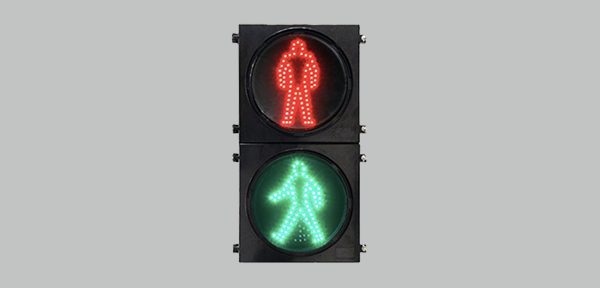A VMS (Variable Message Sign) board is a type of electronic display used to provide real-time information to motorists and pedestrians. These signs typically consist of a matrix of light-emitting diodes (LEDs) or other display technologies arranged to form characters, symbols, and graphics. VMS boards are commonly deployed along highways, roads, and urban areas to convey messages regarding traffic conditions, road closures, detours, emergencies, weather alerts, and other relevant information. They are controlled remotely and can display dynamic messages to inform and guide travelers, thereby enhancing traffic management, safety, and communication on roadways.
The cost of a VMS (Variable Message Sign) board can vary depending on several factors, including size, features, technology, and supplier. Generally, a basic VMS board can start from around $3,000 to $5,000 for a smaller model, while larger and more advanced models can range from $10,000 to $50,000 or more.
The pricing of VMS boards is primarily determined by their specifications and capabilities. Factors such as the size of the display area, resolution, color capabilities, and whether the board is fixed or portable all contribute to the overall cost. Additionally, advanced features such as remote connectivity, dynamic message capabilities, built-in sensors, and compatibility with intelligent transportation systems can significantly increase the price.
Furthermore, the technology used in VMS boards also affects their cost. Traditional LED-based displays tend to be more affordable compared to newer technologies such as LCD or OLED displays, which offer higher resolution and color accuracy but come at a higher price point.
The significance of the cost of VMS signs lies in their importance for traffic management, public safety, and communication. VMS boards are widely used on highways, roads, and urban areas to provide real-time information to drivers regarding traffic conditions, road closures, detours, emergencies, and other relevant messages. By displaying timely and accurate information, VMS boards help improve traffic flow, reduce congestion, enhance safety, and facilitate informed decision-making for motorists.
Moreover, the cost of VMS boards is a crucial consideration for transportation agencies, municipalities, and other organizations responsible for deploying and maintaining transportation infrastructure. Budget constraints may influence the selection of VMS boards and the extent of their deployment, potentially impacting the effectiveness of traffic management and communication efforts.
In conclusion, while the cost of VMS boards varies depending on factors such as size, features, and technology, they play a vital role in traffic management, public safety, and communication. Understanding the pricing factors and implications of VMS board costs is essential for transportation agencies and organizations seeking to optimize their investments in transportation infrastructure and improve overall traffic efficiency and safety.








